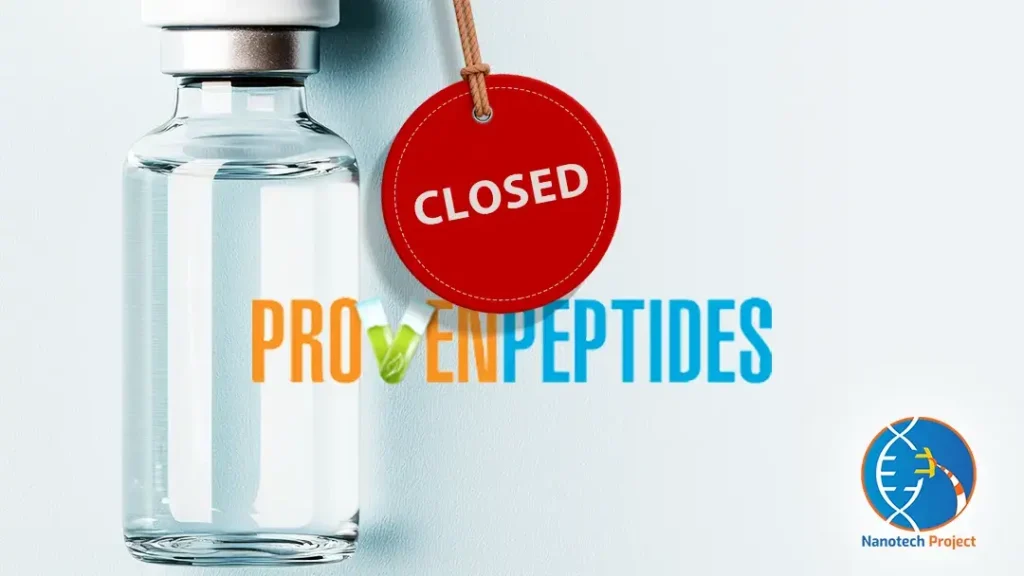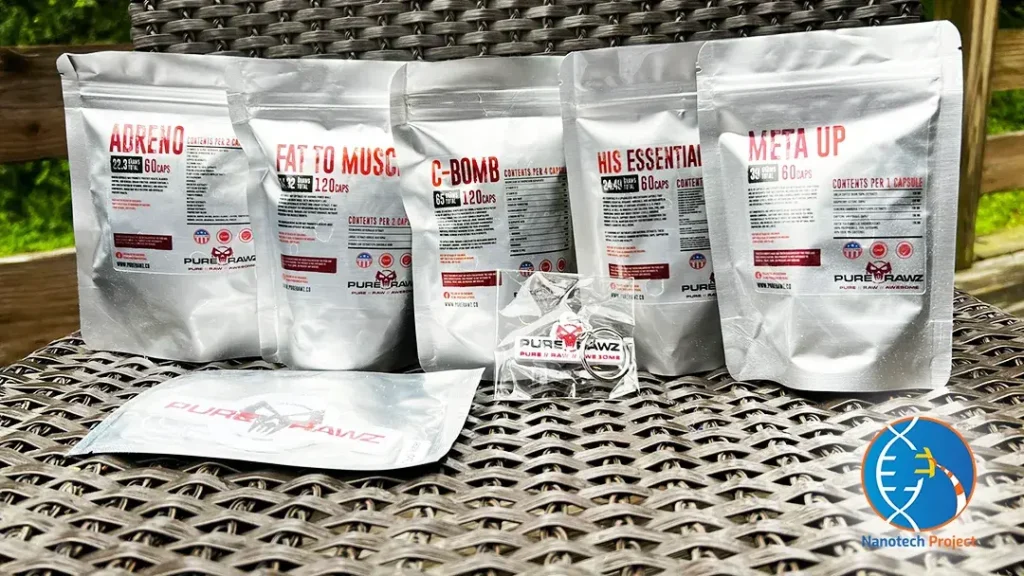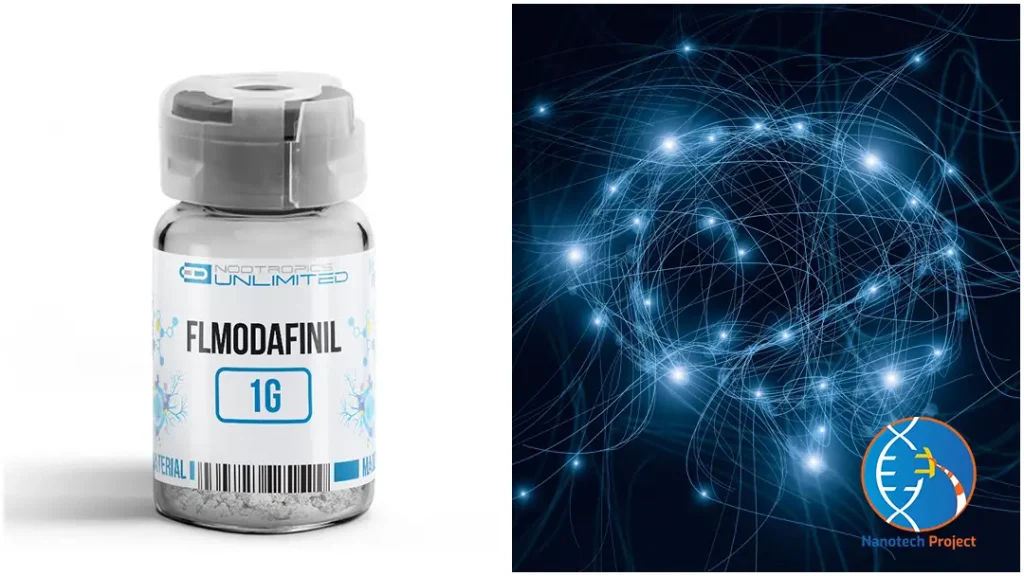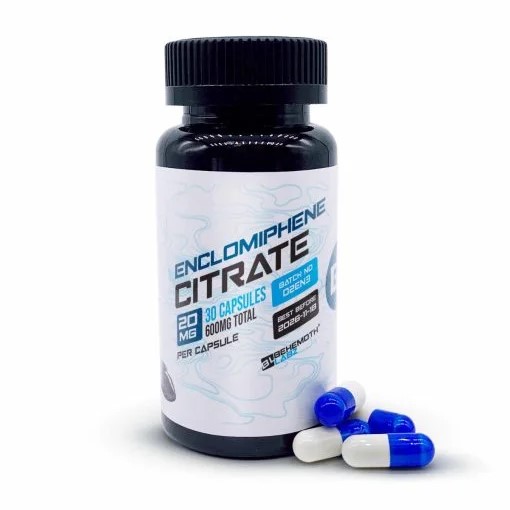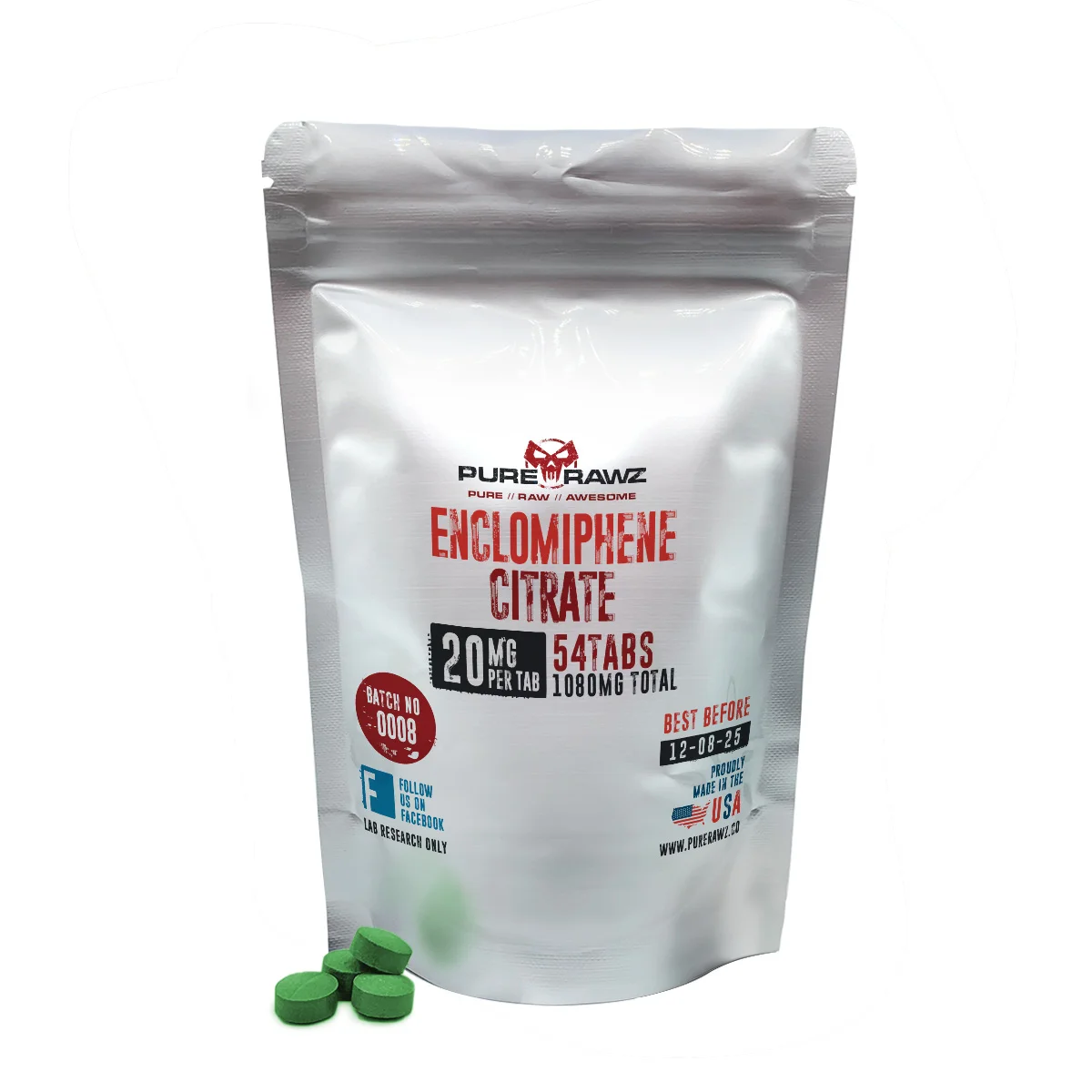Many therapeutic techniques are used for treating sexual hormonal imbalances in the body. Some of them are allopathic medications while others are homeopathic. However, the best and most beneficial one is the use of enclomiphene citrate.
Enclomiphene is a SERM with the potential to bring sexual hormonal balance to the body without affecting the prostate gland and the liver. But how does it work? How does it regulate the sexual hormonal balance? And what are its side effects?
These are the questions everyone is asking. Our upcoming sections will reveal in detail the nature, working mechanism, side effects, and all other details of enclomiphene citrate.
What is Enclomiphene Citrate?

Enclomiphene Citrate is a fertility medicine or sex hormone that belongs to the category of SERM, which stands for Selective Estrogen Receptor Modulator. Unlike SARMs, enclomiphene citrate binds with estrogen receptors in the hypothalamus of the brain and stops the production of estrogen. After stopping estrogen secretion, it signals the hypothalamus to enhance total testosterone in males and thus maintains hormone levels.
This quality of enclomiphene citrate makes it very beneficial to be used for the treatment of hypogonadism and other reproductive issues. Hypogonadism refers to the conditions wherein the body does not produce sufficient estrogen and testosterone due to dysfunction in the hypothalamus or pituitary gland. Apart from boosting total testosterone levels, it can also enhance athletic performance and build muscles. .[1]
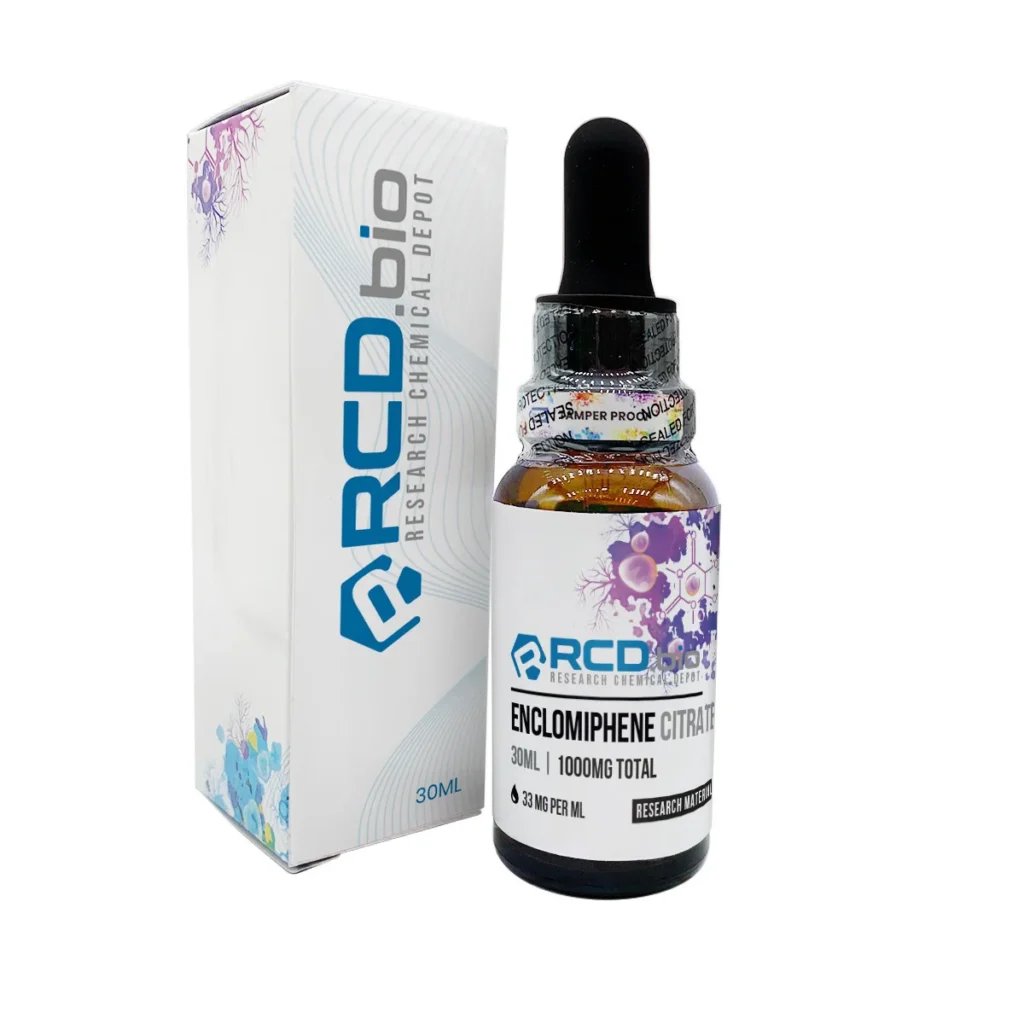
How Does Enclomiphene Citrate Work in the Body
After entering the body, enclomiphene reaches the hypothalamus in the brain and binds with estrogen receptors. This binding stimulates the hypothalamus to stop the production of estrogen and accelerate testosterone secretion. Consequently, the levels of testosterone gradually rise, which then plays a pivotal role in carrying out various bodily functions.
Other than that, it also activates the production of Gonadotropin Releasing Hormone (GnRH) in the brain, which in return, releases Luteinizing hormone and follicle-stimulating hormone (FSH). These hormones play an important role in regulating total testosterone levels in the body.
Potential Benefits of Enclomiphene (Clomiphene)
The potential benefits of enclomiphene citrate (Clomiphene) are as follows:
Treating Primary Hypogonadism/Low Testosterone Levels
Hypogonadism refers to a medical condition wherein the body does not produce sufficient sex hormones such as testosterone and estrogen. This can lead to various issues including infertility. Therefore, enclomiphene citrate is used to treat this medical condition. It binds with estrogen receptors in the brain and enhances the production of testosterone along with reducing estrogen levels, treating the issue of hypogonadism.[2]
Preventing Female-Related Effects
It has been shown from several studies that enclomiphene prevents female-related effects. These effects are enlargement of breast, hip size, and dispersing of fats throughout the body. Estrogen hormone is responsible for carrying out all these functions. Enclomiphene citrate is used to reduce the level of estrogen in the body, which in return, minimizes chances of appearing female-related effects.[3]
Building Muscles
The essential element for building muscles is protein. Enclomiphene citrate helps the body increase the levels of testosterone, which in turn enhances actin and myosin protein synthesis. These proteins play a crucial role in building and maintaining muscles. Along with that, they also help in the quick recovery of muscles after exercise, which prevents muscle wasting and preserves their mass.[4]
Regulating the Levels of Sex Hormone (Low Testosterone)
Clinical trials on research subjects have also suggested that enclomiphene citrate regulates the levels of sex hormones. The sex hormones include testosterone and estrogen. The levels of sex hormones are maintained when enclomiphene binds with estrogen receptors and signals the hypothalamus to reduce estrogen production and enhance testosterone secretion. As a result, the level of testosterone is maintained.[5]
Common Side Effects of Enclomiphene (Clomiphene)
The potential side effects or risks of enclomiphene citrate are as follows:
- Hormonal Imbalance: Enhancing the levels of testosterone and reducing estrogen levels can cause hormonal imbalance in the body.
- Enhanced Libido: The increased levels of testosterone in men can enhance libido all the time, disrupting daily activities.
- Sleep Disturbances: Some users have also experienced sleep disturbances due to hormonal imbalances in the body.
- Other Minor Issues: It may also cause other minor issues such as dizziness, vomiting, headache, mood changes, and hot flashes over the skin.
Note: These are short-term effects and can be treated after consulting a healthcare professional.
Top Vendors: Where to Buy Enclomiphene Citrate
There are more than a dozen vendors in the online market where you can buy enclomiphene citrate; however, a few of them are reliable and trustworthy. Therefore, to avoid falling into the trap, we have carefully selected the top vendors in the market for purchasing enclomiphene online. Our next column reveals all about the top vendors!
| Rank | Vendor | Pricing | Verdict |
| 1 | BehemothLabz | $68.48 – $127.48 | It has been offering various pure and high-quality products for the last ten years; therefore, It is highly recommended for both beginners and advanced users. |
| 2 | PureRawz | $57.48 – $122.48 | It is also the best choice for users. It offers competitive prices for both products and shipping services despite uncompromised product quality. |
| 3 | RCDBio.co | $61.48 – $114.98 | RCD.Bio is an excellent choice for beginners as every product undergoes independent lab testing before launching into the market. |
| 4 | IronmountainLabz | $85.48 | IronmountainLabz is the top choice for all types of users. It provides excellent customer satisfaction 24/7 and stays in contact with its customers till they get the desired results. |
Recommended Enclomiphene Dosage and Cycle
The recommended dosage for enclomiphene citrate treatment varies from person to person and is based on medical conditions. However, the widely used dosage and cycle patients/users can use are here below:
| Cycle Length | Typical Dosage | Beginner Dosage | Advanced Dosage |
| 12 to 16 weeks | 12.5mg to 25mg per day | 12mg per day | 25mg per day |
Is Enclomiphene Legal?
Despite being widely used for fertility, neither the Food and Drug Administration (FDA) nor the World Anti-Doping Agency (WADA) have approved it. Therefore, it can not be used for human consumption. However, researchers can use it for laboratory and research purposes.
What are the Best Practices for Maximizing Enclomiphene Citrate Benefits?
- Prioritize Rest and Recovery: A sufficient rest and recovery will make your body effectively utilize enclomiphene citrate and also provide enough time to produce the natural testosterone.
- Use It With a Proper Diet: A proper diet provides your body with the right nutrients and essentials for hormonal balance and growth.
- Always Stay Hydrated: A sufficient amount of water is essential for better blood circulation, hormonal balance, enhanced muscle recovery, and improved digestion and absorption.
What is Considered the Best Time to Take Enclomiphene?
Various medical experts recommend different times for each person based on their feasibility and health conditions. However, the most suitable and beneficial time is morning. You can take enclomiphene citrate each morning. This will maximize the effects and reduce the side effects in patients/users.
Safety Consideration Before Using Enclomiphene
The following safety considerations should be followed before using enclomiphene citrate:
- Always stay in contact with a healthcare expert
- Check your health conditions before starting the enclomiphene cycle
- Aware your healthcare in case of any side effects
- Start with a low dose and then gradually increase
- Stay hydrated all the time
Note: Users with liver disease and uncontrolled hypertension are advised to avoid using enclomiphene. These medical conditions may exacerbate the risks of adverse reactions to enclomiphene citrate.
Conclusion
To conclude, enclomiphene citrate, also known as clomiphene, is a synthetic SERM that is used for treating reproductive issues. It stimulates the hypothalamus in the brain and regulates sexual hormonal balance in the body. This regulation can also treat low levels of libido, testosterone, and hypogonadism. Besides its beneficial use, it can also disturb hormonal imbalance, increase libido, and cause other minor issues. To enhance its beneficial impacts, it must be incorporated with a proper diet and exercise plan, as well as staying hydrated. To maximize its impact, it is advised to follow our guidelines as mentioned earlier.
Disclaimer: The information provided is for informational purposes only and should not be considered medical advice. Readers should consult with a healthcare professional before using Enclomiphene citrate or any other supplement.
References:
- Wiehle, Ronald, et al. “Testosterone Restoration Using Enclomiphene Citrate in Men with Secondary Hypogonadism: A Pharmacodynamic and Pharmacokinetic Study.” BJU International, vol. 112, no. 8, 4 Nov. 2013, pp. 1188–1200, https://doi.org/10.1111/bju.12363.
- Kim, Edward D., et al. “Oral Enclomiphene Citrate Raises Testosterone and Preserves Sperm Counts in Obese Hypogonadal Men, Unlike Topical Testosterone: Restoration instead of Replacement.” BJU International, vol. 117, no. 4, 1 Apr. 2016, pp. 677–685, pubmed.ncbi.nlm.nih.gov/26496621/, https://doi.org/10.1111/bju.13337.
- Earl, Joshua A., and Edward D. Kim. “Enclomiphene citrate: A treatment that maintains fertility in men with secondary hypogonadism.” Expert review of endocrinology & metabolism 14.3 (2019): 157-165.
- Hill, Simon, Vijayaraman Arutchelvam, and Richard Quinton. “Enclomiphene, an estrogen receptor antagonist for the treatment of testosterone deficiency in men.” IDrugs 12.2 (2009): 109-119.
- Wiehle, Ronald D., et al. “Enclomiphene citrate stimulates testosterone production while preventing oligospermia: a randomized phase II clinical trial comparing topical testosterone.” Fertility and sterility 102.3 (2014): 720-727.


